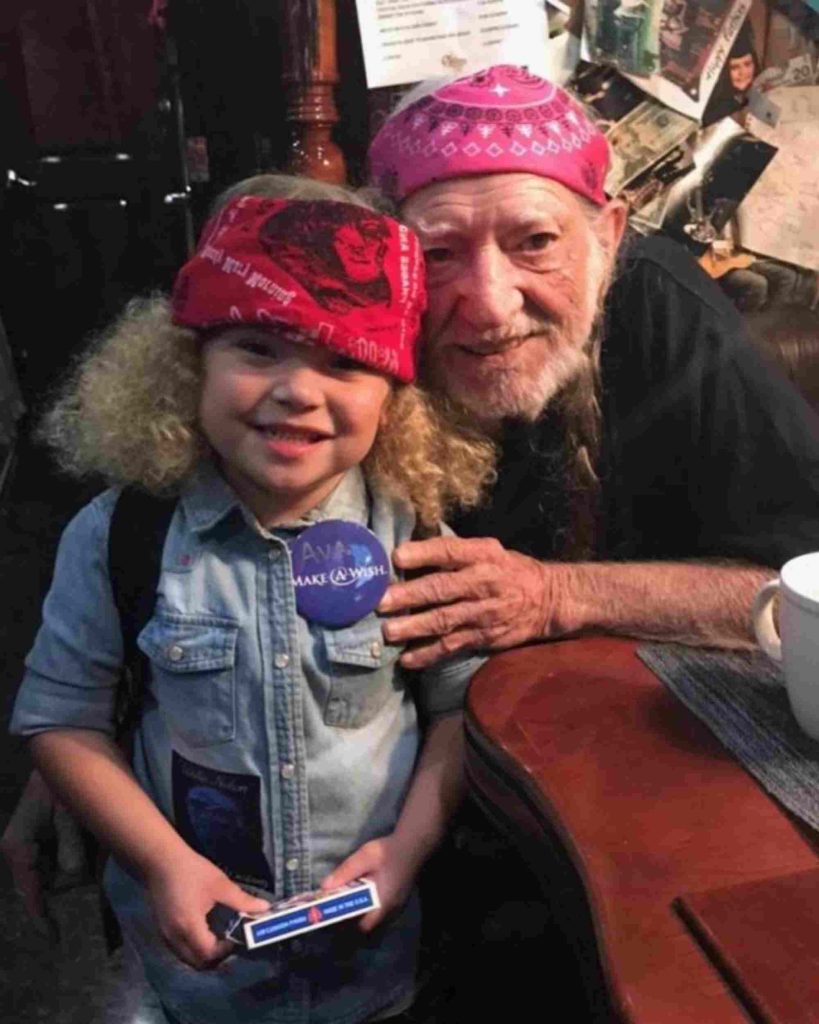“Scroll down to the end of the article to listen to music.”

Introduction
I remember the first time I heard Blue Eyes Crying in the Rain — it wasn’t on the radio or from an album, but late one night when my grandfather softly hummed it while sitting on the porch. He was staring off into the dark, his fingers gently tapping the armrest, lost in memory. It was only later I realized the song wasn’t just a tune to him — it was a lifeline to moments and people long gone. This song carries that kind of weight for many: a simple melody with the power to pierce through time and memory.
About The Composition
- Title: Blue Eyes Crying in the Rain
- Composer: Fred Rose
- Premiere Date: Originally written and recorded in the 1940s; Willie Nelson’s iconic version released in 1975
- Album/Opus/Collection: Red Headed Stranger (Willie Nelson, 1975)
- Genre: Country (with roots in early country, honky-tonk, and outlaw country movements)
Background
Blue Eyes Crying in the Rain was penned by legendary songwriter Fred Rose, co-founder of Acuff-Rose Music, one of the most influential publishing houses in country music. Although several artists had recorded the song over the years, it was Willie Nelson’s 1975 version that turned it into a classic. Nelson included the track on his concept album Red Headed Stranger, a loose narrative about a fugitive preacher — and to everyone’s surprise, the spare, stripped-down album became his breakthrough.
Nelson’s quiet, understated delivery was a stark contrast to the polished Nashville sound dominating country music at the time. The public, however, responded enthusiastically. The song hit No. 1 on the Billboard Hot Country Singles chart and helped cement Nelson’s place as a leader of the outlaw country movement.
Musical Style
Musically, the song is minimalist yet deeply expressive. Nelson’s version relies on little more than his voice, his signature nylon-string guitar Trigger, and a subtle rhythm section. The song’s structure is straightforward: simple chords, a slow tempo, and a waltz-like rhythm. But it’s Nelson’s delivery — weary, intimate, and utterly human — that gives it its haunting beauty. There are no flashy guitar solos or elaborate arrangements here; instead, every note feels personal, as if Nelson is singing directly to you.
Lyrics/Libretto
The lyrics tell a simple but devastating story: a lover recalling a moment of farewell, standing in the rain as their beloved weeps. The lines “Love is like a dying ember / And only memories remain” capture the sense of finality and loss that permeates the song. What makes it resonate so deeply is how the music and lyrics work together — the sparse arrangement leaves space for the listener’s own emotions to pour in, making it a deeply personal experience.
Performance History
While many artists recorded Blue Eyes Crying in the Rain before Willie Nelson (including Roy Acuff, Hank Williams Sr., and Elvis Presley), it was Nelson’s version that became definitive. He performed it at countless concerts, often as a quiet, reflective moment in otherwise rowdy sets. One particularly memorable performance came during the Kennedy Center Honors in 1998, where Nelson sang the song as part of a tribute to his lifetime achievements, bringing the audience to tears.
Cultural Impact
Beyond country music, the song has seeped into American cultural consciousness. It’s been featured in films, television shows, and even covered by artists from other genres, including UB40 and Shania Twain. Its themes of love, regret, and memory are universal, crossing boundaries of genre and generation. The song also played a key role in shaping the outlaw country movement, proving that raw, honest music could still thrive in a commercial world.
Legacy
Today, Blue Eyes Crying in the Rain remains one of Willie Nelson’s most beloved songs — a staple not just of his catalog but of country music as a whole. It’s the kind of song that new listeners stumble upon and feel instantly connected to, while longtime fans carry it like a cherished keepsake. Its enduring power lies in its simplicity: a reminder that sometimes the quietest songs carry the loudest truths.
Conclusion
Whenever I revisit Blue Eyes Crying in the Rain, I think of my grandfather’s quiet humming on the porch and how a simple song can tether us to the people and places we’ve lost. If you haven’t listened to it yet, I wholeheartedly recommend starting with Willie Nelson’s version on Red Headed Stranger. For a live performance, seek out his renditions from the late 1970s or early 1980s — they capture Nelson at his most raw and authentic. Let the song sit with you. It might just open a door to your own memories
Video
Lyrics
In the twilight glow I see
Blue eyes crying in the rain
When we kissed goodbye and parted
I knew we’d never meet again
Love is like a dying ember
And only memories remain
And through the ages I’ll remember
Blue eyes crying in the rain
Some day when we meet up yonder
We’ll stroll, hand in hand again
In a land that knows no parting
Blue eyes crying in the rain
